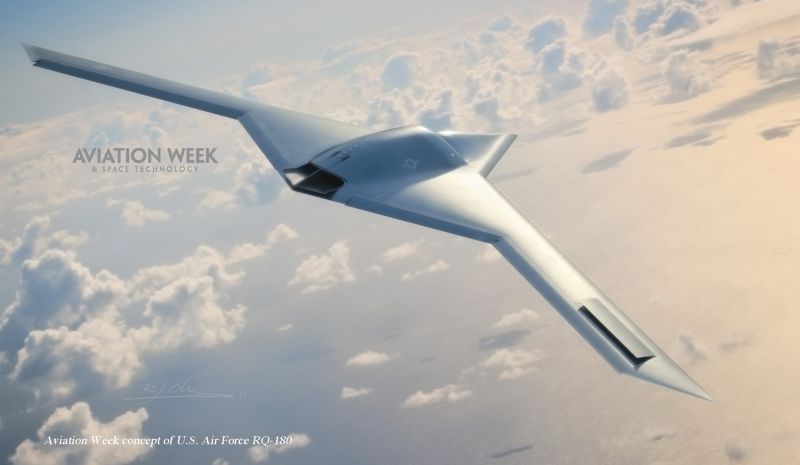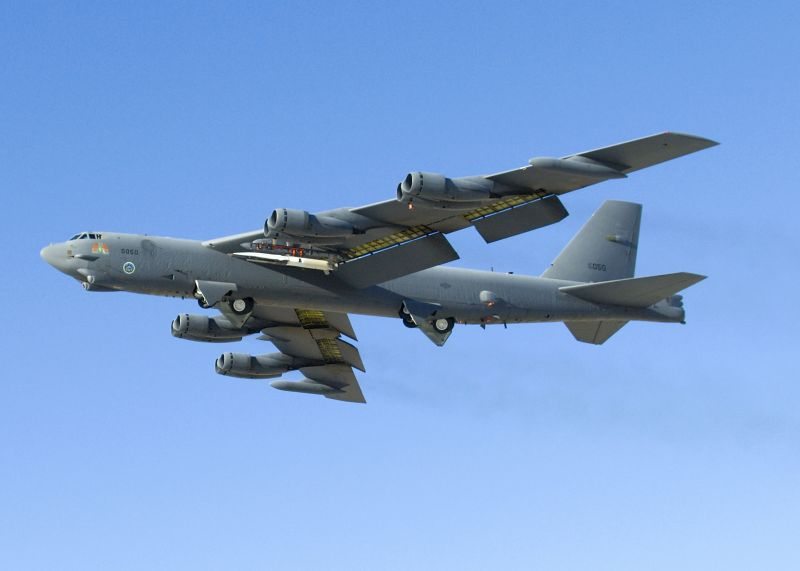Today’s emerging military technologies-including unmanned aerial vehicles, directed-energy weapons, lethal autonomous robots, and cyber weapons like Stuxnet-raise the prospect of upheavals in military practices so fundamental that they challenge long-established laws of war.
Weapons that make their own decisions about targeting and killing humans, for example, have ethical and legal implications obvious and frightening enough to have entered popular culture (for example, in the Terminator films).
The current international laws of war were developed over many centuries and long before the current era of fast-paced technological change. Military ethics and technology expert Braden Allenby says the proper response to the growing mismatch between long-established international law and emerging military technology “is neither the wholesale rejection of the laws of war nor the comfortable assumption that only minor tweaks to them are necessary.”
Rather, he argues, the rules of engagement should be reconsidered through deliberate and focused international discussion that includes a wide range of cultural and institutional perspectives.
Allenby’s article anchors a special issue on the threat of emerging military technologies in the latest Bulletin of the Atomic Scientists (BOS), published by SAGE.
History is replete with paradigm shifts in warfare technology, from the introduction of gunpowder, which arguably gave rise to nation states, to the air-land-battle technologies used during the Desert Storm offensive in Kuwait and Iraq in 1991, which caused 20,000 to 30,000 Iraqi casualties and left only 200 US coalition troops dead.
But today’s accelerating advances across the technological frontier and dramatic increases in the numbers of social institutions at play around the world are blurring boundaries between military and civil entities and state and non-state actors. And because the United States has an acknowledged primacy in terms of conventional forces, the nations and groups that compete with it increasingly think in terms of asymmetric warfare, raising issues that lie beyond established norms of military conduct and may require new legal thinking and institutions to address.
“The impact of emerging technologies on the laws of war might be viewed as a case study and an important learning opportunity for humankind as it struggles to adapt to the complexity that it has already wrought, but has yet to learn to manage,” Allenby writes.
Other articles in the Bulletin’s January/February special issue on emerging military technologies include “The enhanced warfighter” by Ken Ford, which looks at the ethics and practicalities of performance enhancement for military personnel, and Michael C. Horowitz’s overview of the near-term future of US war-fighting technology, “Coming next in military tech.”
The issue also offers two views of the use of advanced robotics: “Stopping killer robots,” Mark Gubrud’s argument in favor of an international ban on lethal autonomous weapons, and “Robot to the rescue,” Gill Pratt’s account of a US Defense Department initiative aiming to develop robots that will improve response to disasters, like the Fukushima nuclear catastrophe, that involve highly toxic environments.
“Are new technologies undermining the laws of war?” by Braden R. Allenby, published January 06, 2013, in the Bulletin of the Atomic Scientists











